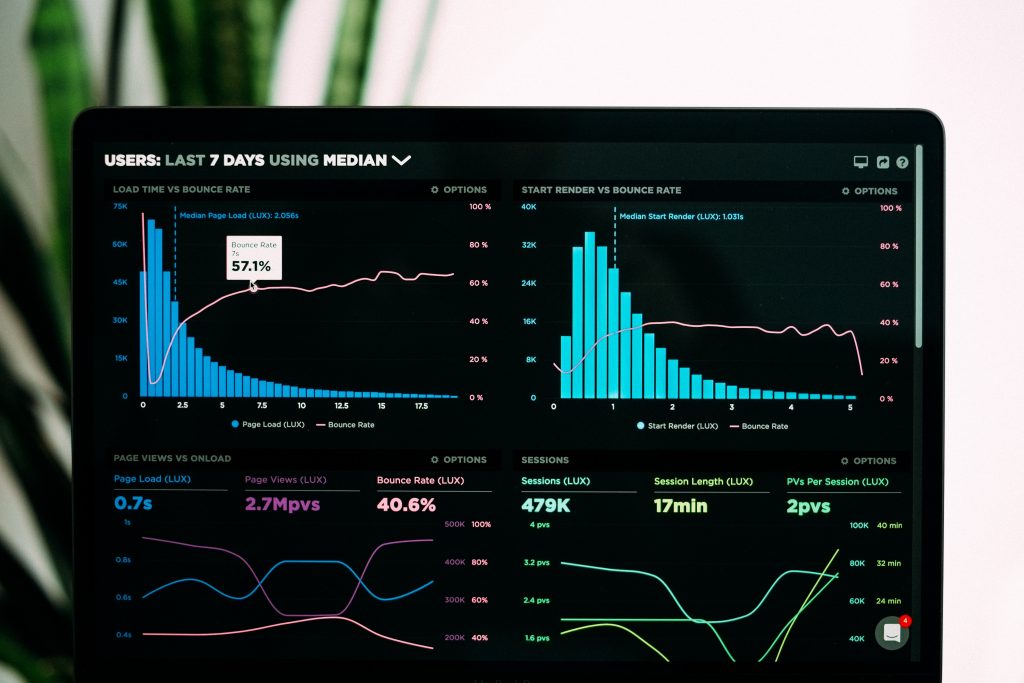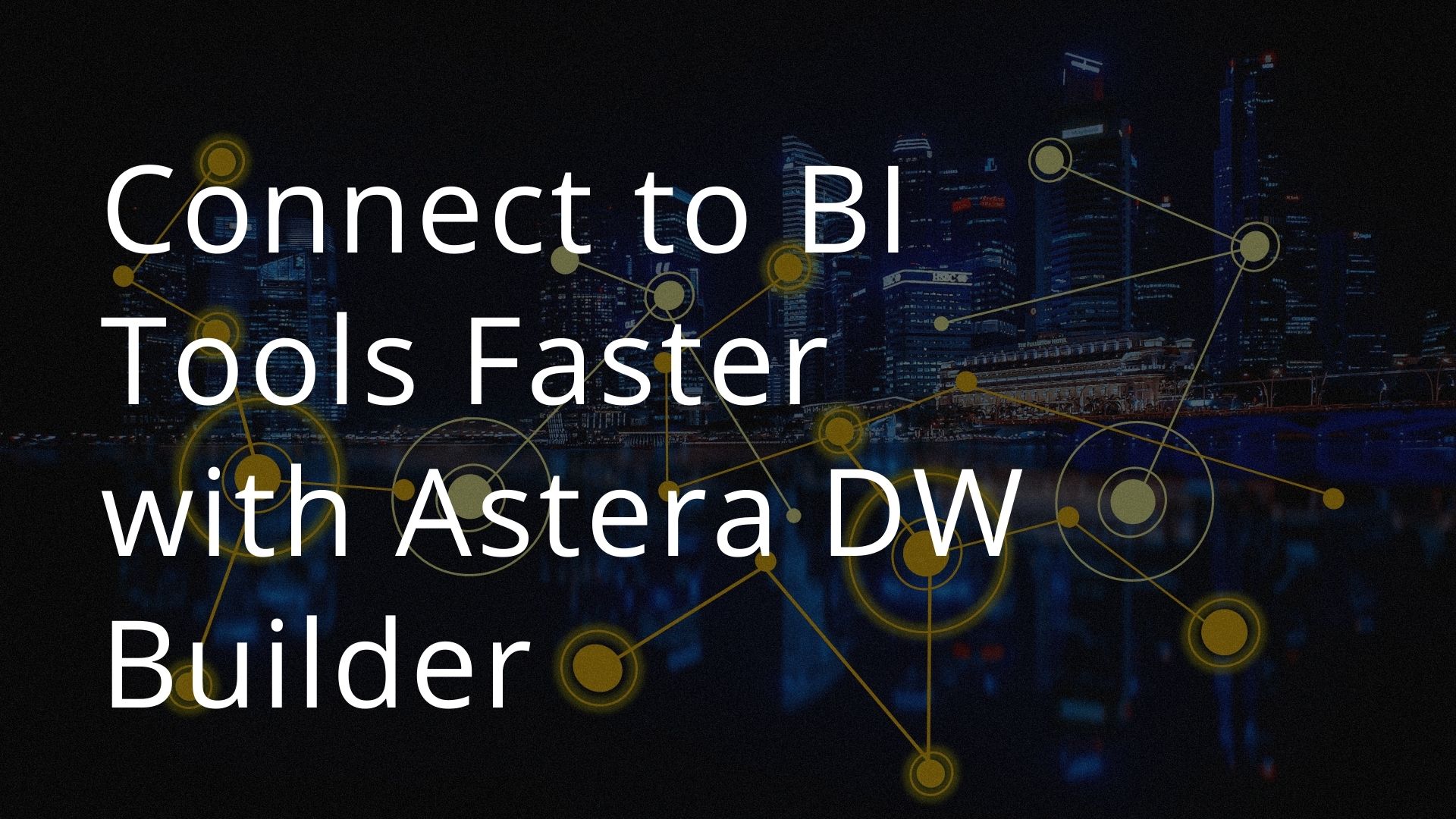
Data Visualization: Connecting Your Data Warehouse to a BI Tool
Your path to BI data visualization probably involved creating a data warehouse and populating relevant data from multiple sources – but how can you make sense of all of this data?
The answer lies in business intelligence tools.
Information delivery in a data warehouse to business intelligence tools such as Tableau and PowerBI means that you’ll be able to see your data represented in real-time graphs, charts, and diagrams that can help you get a complete picture of your enterprise and its processes. Breaking your data into easy-to-understand visual bits of information that can be communicated to key individuals in your organization. This essentially helps speed up decision-making.

With BI data visualization, you’ll also be able to identify patterns within your data more easily. For instance, if you’re trying to find out why your supply chain was affected in a particular month, you’ll be able to identify whether any other factors were directly involved in this outcome or if this is a regular yearly occurrence due to the holiday season or reduced demand.
Why Can’t I Just Use Data Directly from My Data Warehouse?
Data warehouses comprise very large amounts of data from several different sources. While it’s great to have all of this data in one place, in most cases, you’ll need to query and visualize this data in different ways to make more sense of it. By connecting to tools such as Tableau or PowerBI, you’ll be able to visualize your data in a whole new light and interrelate data to extract insights that you wouldn’t be able to identify otherwise.
Information delivery in a data warehouse also ensures that business users will also be able to analyze the data since there’s little to no coding involved.
Here are a few other reasons why you should use visualization tools to improve the way in which your data is presented:
BI Data Visualization Tools Make Analytics More Accessible
Using a BI data visualization tool helps you make your data more presentable for end users. As a result, you’ll be able to standardize messaging, allowing you to create more convincing reports and analyses for both customers and key stakeholders.
Complicated Data is Easier to Understand with Better Visualization
Visualization tools make it easier to understand complicated data with the help of graphs, figures, and charts. With the help of visualization tools, you will also be able to draw conclusions about large, disparate datasets that are difficult to parse through and analyze manually.

Business intelligence visualization tools will also help you understand how your data is interconnected, allowing you to streamline processes for increased efficiency. So, if you’re looking for details about a demographic, their purchase history, buying trends, and their interactions with customer representatives, you’ll be able to consume the necessary tables from your data warehouse, and then investigate these sources in detail with the help of visualization.
BI Data Visualization Tools Improve Decision-Making
Once your data is available in charts, figures, and graphs, it will be much easier for you to analyze large amounts of data in just a few seconds. By allowing you to create dashboards that are updated in real-time, these visualization tools ensure that you’re abreast of any key changes going on across the organization, allowing you to make decisions faster.
If we take the example of the sales figures of a chain superstore, you’ll be able to find out which branch performed the best if real-time information is available in the form of a chart or graph instead of just a very large collection of figures.
Improve Decision Making and Extract Insights Faster with Astera DW Builder
Understanding the need for up-to-date visualizations of your data, Astera DW Builder comes with built-in functionalities that allow users to connect to visualization tools with just a few clicks. Once the connection is established, you have everything you need to create comprehensive dashboards to dig deeper into your data.
Since the requirements of each organization are different, Astera DW Builder offers a few different options for querying and analysis. Here’s a closer look at two of them:
OData Connectivity
To make BI data visualization simpler, Astera DW Builder comes with built-in support for OData allowing you to connect to your deployed models for faster analysis. The OData protocol allows you to consume and query data easily. Since all aspects of URL conventions and request codes are taken care of, you can focus on other areas of your business by using OData to streamline visualization.
Let’s take the example of using PowerBI to visualize your data. For this to work, you’ll first need to click on the GetData tab and enter the URL of the data model from which you’d like to view data.
Once the connection has been established, you’ll see a list of the available tables that you can use for visualization and analysis.
The best part about this process is that you can perform analyses on your data without typing long lines of code or queries since the visualization tool takes care of this aspect by presenting the data to you in a very easy-to-understand manner.
OLAP Cubes
To cater to the changing business landscape, Astera DW Builder will also offer support for analytics cubes that offer a multi-faceted view of your data. These OLAP cubes contain pre-processed data with access to multiple data points, allowing you to search for the required information faster. So, you have answers to a large number of questions without worrying about querying the OLAP database since this information is already present in the OLAP cubes.

Take the example of product sales in a specific product category, say convenience goods, over a month. OLAP cubes will have aggregated amounts of each of these dimensions making it easier to access data. So, if you want to know the sales amount of convenience goods in January 2020, your OLAP cube will have this information pre-calculated ensuring that you always have access to information without spending any time on querying data.
Both of these methods essentially improve and expedite decision-making by minimizing the need for the manual effort that was involved with traditional methods of visualization.
Take Astera DW Builder for a test drive to find out for yourself how you can streamline visualization with just a few clicks.




